You are using an out of date browser. It may not display this or other websites correctly.
You should upgrade or use an alternative browser.
You should upgrade or use an alternative browser.
► The Official Animal Wildlife & Nature Thread (feel free to post pics, articles. vids, links, Youtube, Twitter, IG, etc)
A melanistic bengal tiger

Clouded Leopard

Close up of a White Lion

400-year-old Greenland Shark

Yeah. I see why those pelts are so valuable.Gotta love the coat / markings!
Yeah. I see why those pelts are so valuable.
Agreed. Beautiful look.
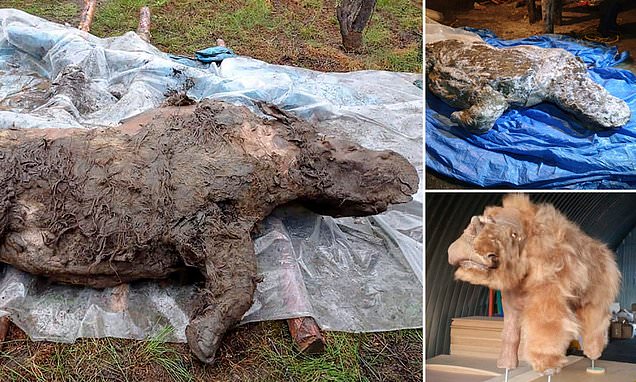
Woolly rhino carcass from the Ice Age unearthed in Siberia
The remains - which are 80 per cent intact and contain evidence of the animal's last meal - were found in the Abyysky district of the Sakha Republic in August.
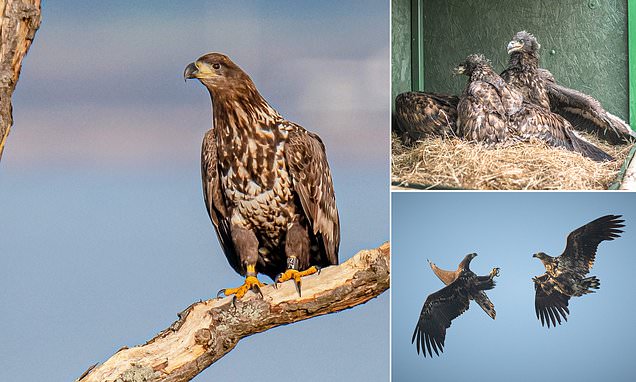
Britain's white-tailed eagles reach new heights in 2020
A group of young eagles were released on the Isle of Wight in 2019 and as part of a five-year project are being closely monitored. Seven more were released this year.
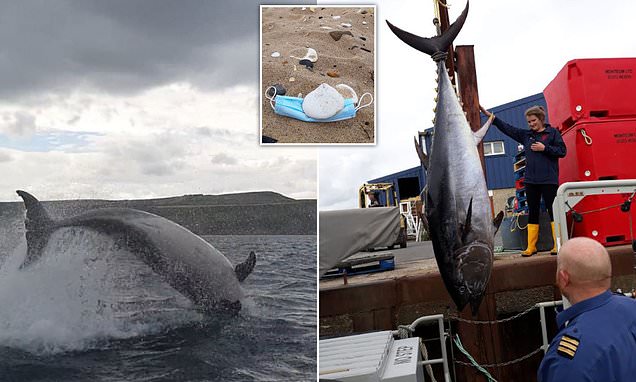
The Wildlife Trusts reveals 2020's best sights from the seas
Bottlenose dolphins 'partying' off Teesside and the rare 10-foot-long bluefin tuna are among the Wildlife Trusts' favourite marine sights for 2020.
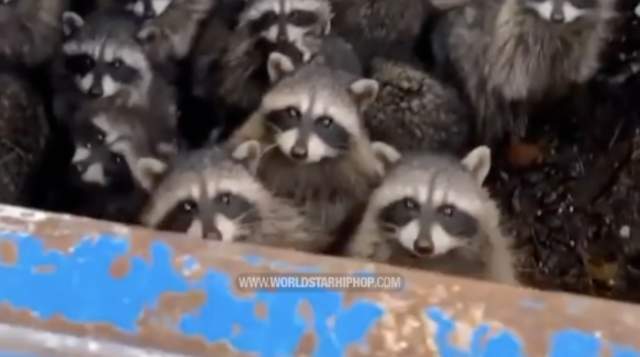
What Ya Doing Next? Dude Finds A Dumpster Flooded With Raccoons!
What Ya Doing Next? Posted By PSmooth
Worldstarhiphop: Breaking News | Music Videos | Entertainment News | Hip Hop News
WorldstarHipHop is home to everything entertainment & hip hop. The #1 urban outlet responsible for breaking the latest urban news!
No sound
Polar bear cub looks up from the remains of a much needed bite to eat. Polar bears are classified as marine mammals because of their dependence on arctic sea ice. Although most bears are born on land, they will carry out the majority of their lives on the thick ocean frost. Their main prey are ringed seals, which they hunt by sitting still close to a hole in the ice and waiting for the seals to come up for air. Adult polar bears can hold up to 10 - 20% of their body weight inside of their stomach, so if the average weight of a polar bear is 876lbs (397kg) that means they can walk around with over 150lbs (68kg) of ring seal blubber/flesh in the ol' breadbasket.


Dead Man Hopping. Knavish red-shouldered hawk takes a brisk walk with his deliciously hoppy, soon-to-be lunch. Red-shouldered hawks are obligate carnivores, which means that something else needs to die in order for them to satisfy their energy requirements. It's not a choice. It is a necessity that they kill and consume the flesh of small to medium sized mammals, amphibians, reptiles, (especially small snakes) small birds, and fish. This photo might give the impression that these two just got back from getting froyo, gabbing about some trendy cause célèbre, but the underlying truth is that the frog was attacked, killed and at least partially eaten shortly after this frame was committed to digital memory.


From Cradle to Ladle. Olive baboon holding the remains of an antelope foal recently relieved of its existence. Given the opportunity, olive baboons will eat the flesh of other animals. They are omnivorous, so killing their prey is secondary - meaning they are usually eaten alive or scavenged from another predator.


Dead Man Hopping. Knavish red-shouldered hawk takes a brisk walk with his deliciously hoppy, soon-to-be lunch. Red-shouldered hawks are obligate carnivores, which means that something else needs to die in order for them to satisfy their energy requirements. It's not a choice. It is a necessity that they kill and consume the flesh of small to medium sized mammals, amphibians, reptiles, (especially small snakes) small birds, and fish. This photo might give the impression that these two just got back from getting froyo, gabbing about some trendy cause célèbre, but the underlying truth is that the frog was attacked, killed and at least partially eaten shortly after this frame was committed to digital memory.

"takes a brisk walk with his deliciously hoppy, soon-to-be lunch ..."




Polar bear cub looks up from the remains of a much needed bite to eat. Polar bears are classified as marine mammals because of their dependence on arctic sea ice. Although most bears are born on land, they will carry out the majority of their lives on the thick ocean frost. Their main prey are ringed seals, which they hunt by sitting still close to a hole in the ice and waiting for the seals to come up for air. Adult polar bears can hold up to 10 - 20% of their body weight inside of their stomach, so if the average weight of a polar bear is 876lbs (397kg) that means they can walk around with over 150lbs (68kg) of ring seal blubber/flesh in the ol' breadbasket.

Full Meal Deal for real!
My unprofessional ass is in a boring zoom meeting while on bgol, this about cracked me up so much I had to turn off the video.

Them Dogs Is Clever: Dude Finally Figured Out How His Dog Was Getting Up On His Roof!
They wont believe it. Posted By PSmooth
Check out "this dog is amazing" on Reddit.
Tried embedding it, but didn't want it to autoplay with noise/sound for others.
Tried embedding it, but didn't want it to autoplay with noise/sound for others.
Girl is fine. Dog will be ok. Mf won’t eat out the trash again I bet. A buddy of mines smoked and blew weed smoke in his dogs face. That mf fell out lol
Last edited:
These mule deer were migrating over a steep ice covered trail somewhere in California's Eastern Sierra region near Bishop Pass when they suddenly fell to their death. More than 120 died in this one instance, much to the delight of the local predator/scavenger population. This is a recurring event that happens once every few years, caused by ice build up from the previous year being covered by fresh snow, which conceals the icy trail until its too late. It's an unlucky break for these deer, but death benefits the surrounding ecosystem. And if even one death is beneficial, 120+ deaths is like winning the lottery.


400-year-old Greenland Shark

Several Short Sentences About… (Greenland) Sharks | how to save the world
howtosavetheworld.ca
Mother buffalo fights for her life while her calf looks on helplessly until another lion mauls it.
https://www.reddit.com/r/natureismetal/?f=flair_name:"During the Hunt"
https://www.reddit.com/r/natureismetal/?f=flair_name:"During the Hunt"
The speed and agility of a Dolphin as he catches a fish




